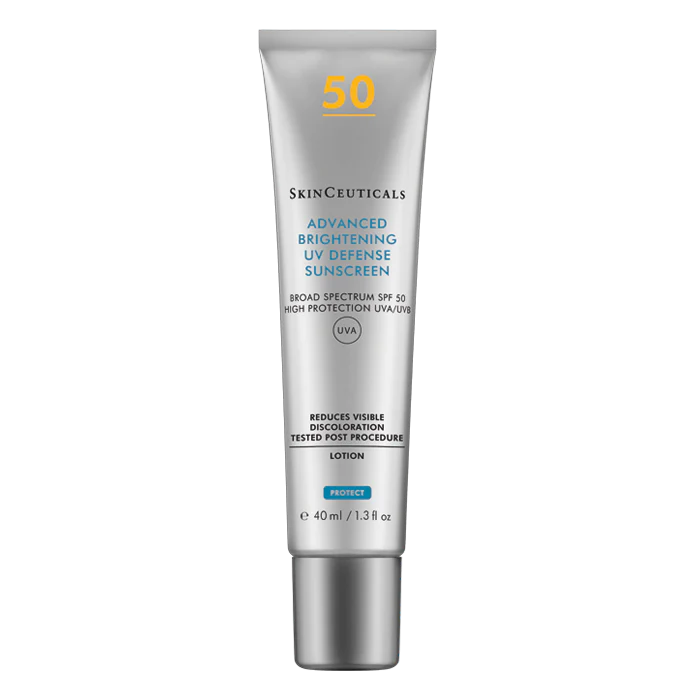There’s a particular glow that appears when the body finds its rhythm again — not the shimmer of product, but the quiet balance that comes when hormones, mood and skin chemistry move in step.
Hormones are the body’s internal messengers. They influence how we sleep, digest, repair, and even perceive stress. When their rhythm shifts — during perimenopause, busy seasons, or emotional strain — the skin is often the first to speak up. Breakouts around the jaw, dryness where there used to be comfort, redness that lingers longer than it should.
At Woulfe Skin & Wellness, we see this as an invitation to recalibrate rather than to correct. The aim isn’t to fight hormones but to work with them — to guide the skin back to its natural pattern of repair.
The Skin–Hormone Connection
Oestrogen supports collagen, hydration and barrier function. As levels decline, cell turnover slows, elasticity drops, and the skin may appear thinner or more reactive. Cortisol — the stress hormone — can spike at the same time, weakening the barrier and triggering inflammation. Together, these shifts can make skin feel less predictable, both physically and emotionally.
Balance begins with awareness. Noticing how your skin changes through your monthly or life cycle helps you respond, not react. A few late nights, a surge of stress, or disrupted sleep may leave the complexion dull for days — not because it’s “bad skin,” but because your system is temporarily out of sync.
Restoring the Rhythm
We start with nourishment. Omega-3s, magnesium and phytonutrient-rich foods support hormone metabolism and calm inflammation. Gentle movement and consistent sleep stabilise cortisol patterns.
For the skin, this means returning to formulas that protect and rebuild: AGE Interrupter Advanced for barrier and density, Retinol 0.3 % to encourage renewal, and Advanced Brightening SPF 50 each morning to shield and steady.
In treatment, we combine science with calm — firm massage to stimulate circulation, LED therapy to modulate inflammation, and quiet conversation that allows clients to exhale. Balance is physical, but it’s also emotional.
The Calm Confidence of Alignment
Clients often notice the change first in how they feel: steadier mood, deeper rest, a renewed sense of control. The skin follows suit — colour evens, tone softens, and that subtle vitality returns.
We call it hormonal harmony, but really it’s rhythm — your body remembering its own timing. When everything moves together, energy flows more efficiently, repair is faster, and the face reflects the calm underneath.
Balance shows on your face, but it starts everywhere else.
Morning Light, Healthy Skin
1. What It Does
Early-morning light tells your body it’s time to wake and repair. When daylight enters your eyes, it sends a signal to the brain that regulates energy, mood, sleep and cell renewal — including in the skin.
2. Why It Matters
Consistent morning light helps balance your natural body clock, known as the circadian rhythm. When this rhythm is steady:
-
You fall asleep more easily and wake refreshed.
-
Stress hormones stabilise.
-
Your skin repairs more effectively overnight and looks brighter by day.
3. How to Get the Benefits
-
Step outdoors within an hour of waking, even on cloudy days.
-
Ten minutes is enough — natural light is stronger than indoor light.
-
If possible, don’t wear sunglasses for this short period.
-
Reduce bright or blue light in the evening so your body knows it’s time to rest.
4. The Result
Improved sleep, calmer mood, stronger barrier repair and a natural glow that no serum can replace.
Healthy light habits are one of the simplest, most powerful ways to care for your skin — from the inside



















































